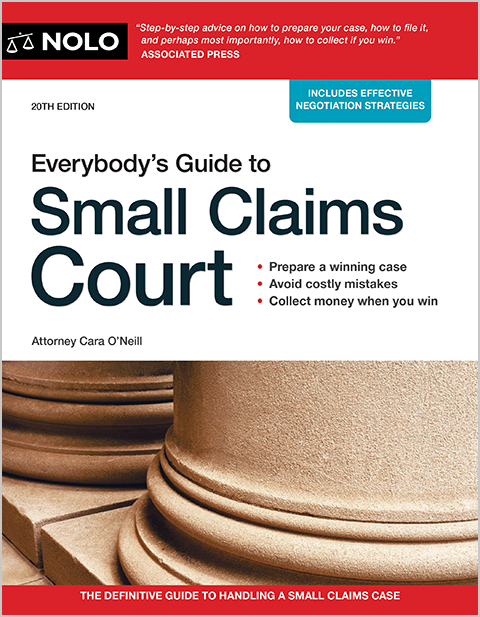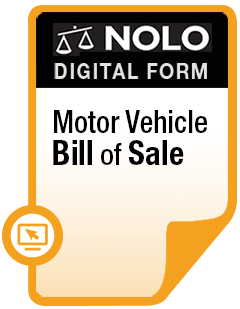When bicycles and vehicles collide, it's often in fairly predictable traffic scenarios.
People are increasingly using bicycles to get to work and school, to exercise, and to have fun. Cycling has many health benefits, but it also comes with some risks. According to the National Highway Traffic Safety Administration (NHTSA), nearly 1,000 bicyclists were killed and around 50,000 were injured in 2019.
Bicycles on the roadway are vehicles, and cyclists have the same rights and responsibilities as drivers of cars, trucks, motorcycles, e-bikes, and electric scooters. In this article, we'll take a look at some of the most common types of bicycle accidents and review the basic rules of liability for traffic accidents so cyclists can protect themselves and their legal rights.
Bike Accidents at Intersections
In 2019, nearly 30% of fatal bicycle accidents happened at intersections. Intersections are often dangerous because visibility is limited for both drivers and cyclists and it can be difficult to accurately judge distance and speed.
A common intersection accident happens when a cyclist has a stop sign and a driver doesn't. After stopping, the cyclist rides out into the intersection in front of a car that has the right-of-way. The cyclist is likely at fault for the crash in this scenario.
In another common accident scenario, the driver has a stop sign and the cyclist doesn't. After stopping, the car drives out into the intersection, in front of the cyclist. The driver will typically be at fault in this type of accident. If, however, the cyclist is riding against the flow of traffic, both the cyclist and the driver may share fault for the accident.
Car Turning Left: The "Left Cross"
In this type of accident, the driver and bicyclist approach the intersection from opposite directions and the driver turns left, colliding with the cyclist. The motorist typically doesn't see the cyclist or misjudges the cyclist's speed. In a left-cross accident, the driver will typically be liable for the cyclist's injuries and other losses (called "damages").
Car Turning Right: The "Right Hook"
Bike-car crashes can happen when cars are turning right in several different ways, including:
- The car passes a bike as they approach an intersection, and then turns right at the intersection, cutting the cyclist off.
- The bike passes a slower car on the right, and the car makes a right turn into the bike.
- The car and bike are waiting at a light. The car turns right when the light changes, cutting off or perhaps hitting the bike.
In most of these examples, the vehicle driver will be at fault for the collision. But, as always, cyclists can reduce the risk of a collision by using the right kind of gear, remaining focused and alert at all times to the road and to traffic, and improving their riding skills.
Who Is at Fault—Bicyclist or Driver?
Legally speaking, in nearly every state a bicycle is considered to be a "vehicle" and must follow the rules of the road. When it comes to collisions at intersections, liability usually boils down to whether the bike or car had the right of way.
Right-of-way rules: No traffic signals. When two vehicles approach an intersection not controlled by a traffic signal, the vehicle arriving first has the right of way. If the vehicles arrive at the same time, the vehicle to the right has the right-of-way. This is also the rule for vehicles approaching intersections controlled by stop signs—the vehicle to the right has the right of way. If, however, the intersection consists of a minor street intersecting with a major street, then the traffic on the major street has the right of way.
Right-of-way rules: Traffic signals. The right of way at intersections controlled by signals is determined by the signal. If a signal sensor is unable to detect the presence of a bicycle, the cyclist can (1) position the bicycle closer to the sensors embedded in the road, and if that doesn't work, wait until it is safe to cross against the light, or (2) cross at the crosswalk.
Learn what to do if you're in a bike accident.
Why Liability Matters
The ultimate goal of safe cycling is to prevent accidents. But cyclists who violate right-of-way rules also face another potential hardship—if an accident happens, they might be found at fault. Fault matters because the person at fault for an accident typically pays for accident-related losses and could face a personal injury lawsuit.
When a bike and car collide, it's the cyclist who is most likely to be injured. But cyclists who are injured in accidents they cause probably won't be able to get compensation for their injuries, medical expenses, lost wages, and pain and suffering.
Avoiding Bike Accidents
Cyclists can take safety measures to reduce the risk of these accidents by:
- wearing equipment to increase visibility, like front and rear bike lights and reflective clothing
- driving defensively to anticipate and avoid danger
- driving predictably to avoid surprising pedestrians and other drivers
- slowing down to look for traffic (left-right-left and behind) when entering an intersection, and
- learning to execute emergency maneuvers to avoid collisions.
Next Step After a Bike Accident
If you've been injured in a bike-car crash, it might make sense to talk to a lawyer. A lawyer can answer your questions, help you sort out fault for the crash, and explain your legal options. Learn more about getting help from a personal injury lawyer. You can also connect with a lawyer directly from this page for free.



